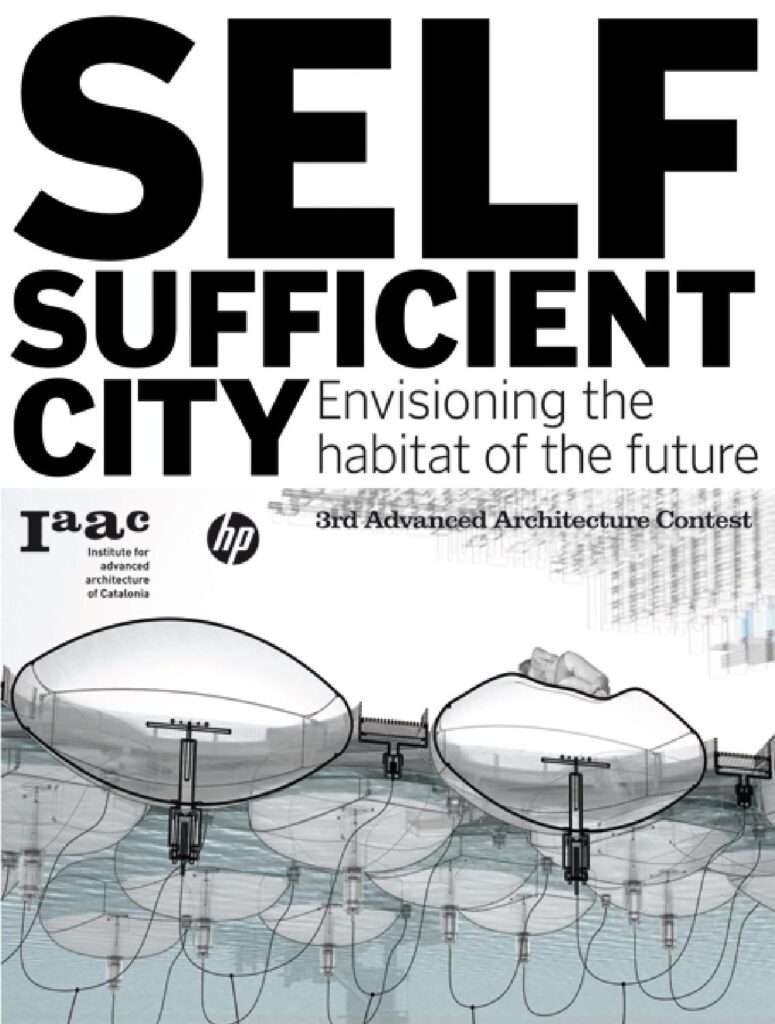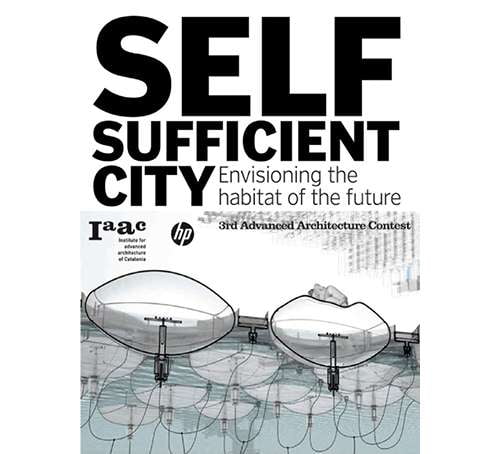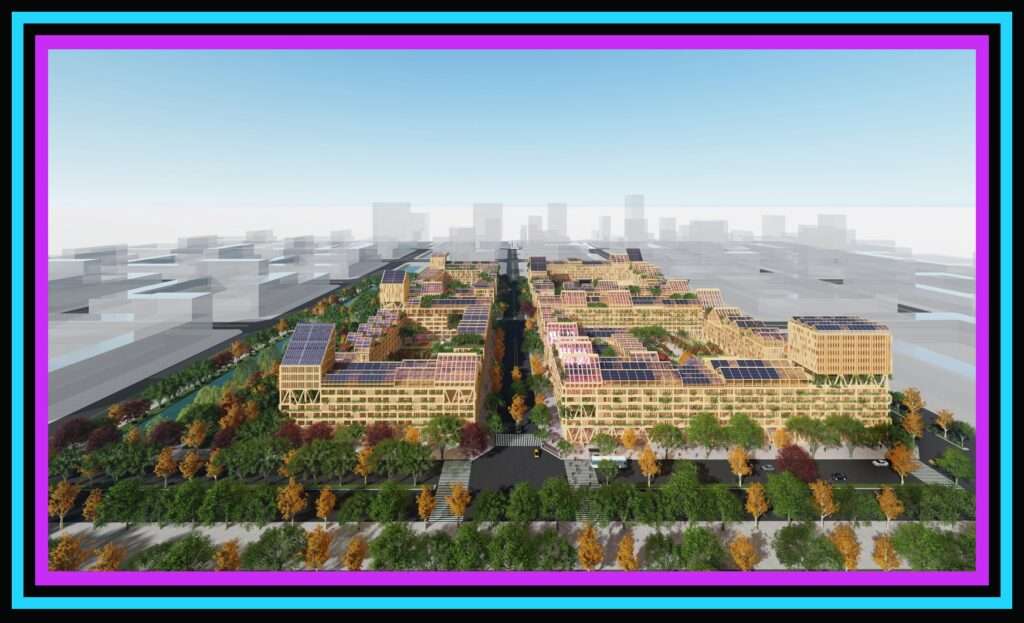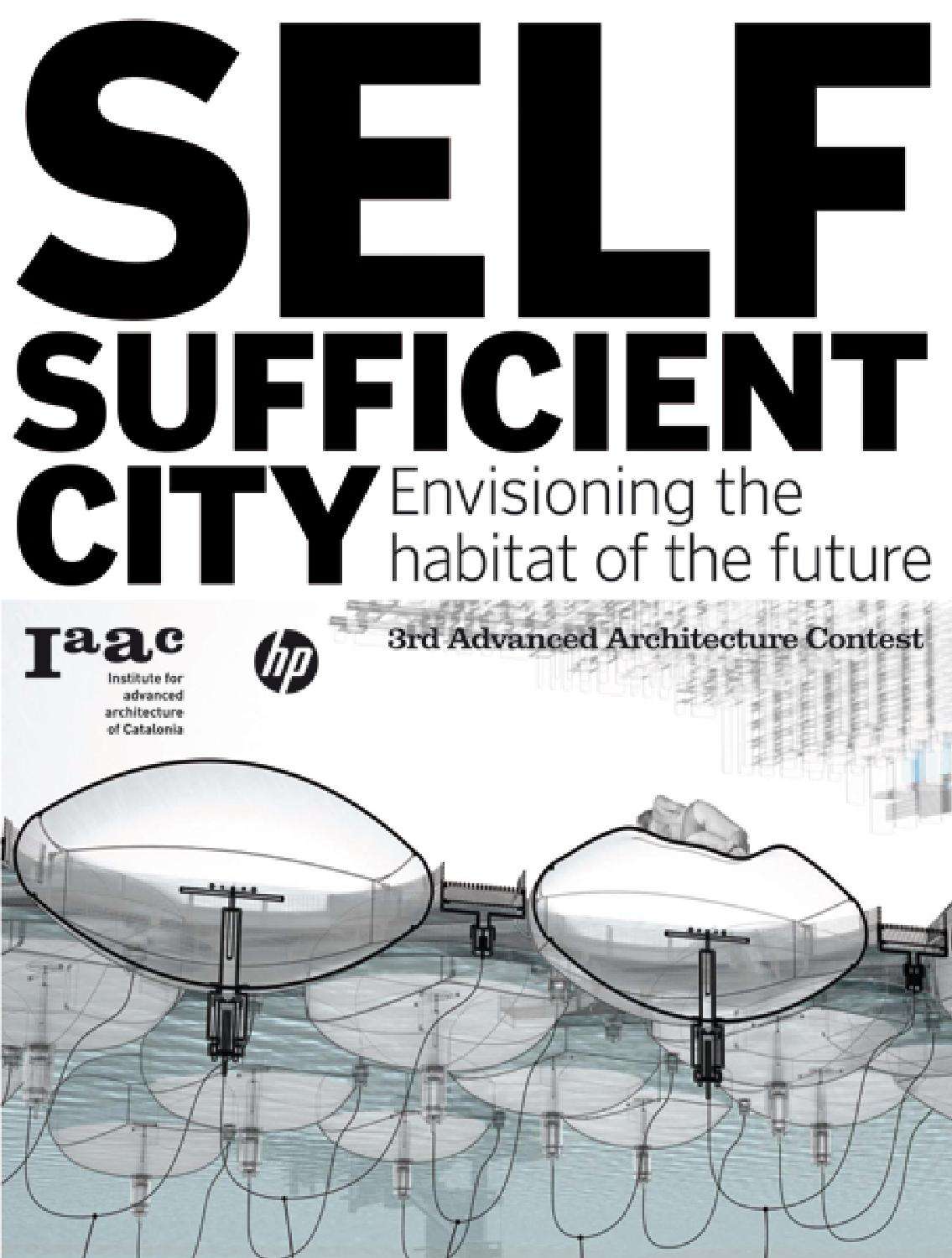In this article, we will be discussing the concept of self-sufficient cities and what it means for urban living. You will learn about the idea of off-grid living and how it relates to creating sustainable and self-sustaining communities. By exploring this concept, you will gain a better understanding of the potential benefits and challenges of creating self-sufficient cities. So let’s dive in and explore the fascinating world of self-sufficiency in urban environments together.
Exploring the Self-Sufficient City Concept
What is the Self-Sufficient City Concept?
Definition and Overview
The self-sufficient city concept refers to creating urban environments that meet all their essential needs within their boundaries. This means that these cities strive to produce their own energy, grow their own food, and manage their own water resources, among other things. The goal is to reduce dependence on external resources and minimize the environmental impact of urban living.
Goals and Objectives
The primary goal of self-sufficient cities is to create sustainable and resilient urban ecosystems that can thrive independently. By reducing reliance on external resources, these cities aim to enhance their environmental sustainability, promote energy independence, and achieve economic stability. Additionally, self-sufficient cities prioritize the well-being of their residents and foster a sense of community.
Key Principles
Self-sufficient cities are guided by a set of key principles that shape their development and operation:
Sustainability: These cities prioritize the use of renewable resources and sustainable practices to minimize their ecological footprint and preserve natural resources for future generations.
Efficiency: Self-sufficiency requires efficient use of resources, such as energy, water, and land, to ensure optimal productivity and minimal waste.
Resilience: These cities aim to build resilience in the face of external shocks, such as climate change or natural disasters, by diversifying their resource base and adopting flexible strategies.
Equity: Self-sufficient cities strive for social equity by ensuring accessible and affordable access to essential resources, such as energy, food, and water, for all residents.
Innovation: Embracing innovation and technological advancements is crucial for self-sufficient cities to continually improve their resource efficiency and find new solutions to complex challenges.
Advantages of Self-Sufficient Cities
Reduced Environmental Impact
One of the most significant advantages of self-sufficient cities is their reduced environmental impact. By adopting renewable energy sources, implementing sustainable agriculture practices, and managing water resources efficiently, these cities can significantly decrease their carbon footprint and minimize air and water pollution. This contributes to the overall health and well-being of both residents and the surrounding ecosystems.
Energy Independence
Self-sufficient cities prioritize energy independence by developing local renewable energy sources, such as solar, wind, and geothermal power. By generating their own energy, these cities reduce their dependence on fossil fuels, improve energy security, and mitigate the impacts of price fluctuations in global energy markets.
Economic Stability
Self-sufficient cities are designed to enhance economic stability through the creation of local jobs and industries. The focus on renewable energy production, urban agriculture, and water management stimulates economic growth and supports local businesses. Additionally, by reducing dependence on external resources, these cities can mitigate the impact of global economic instability and fluctuations in commodity prices.

Components of Self-Sufficient Cities
To achieve self-sufficiency, cities need to address three key components: energy production, food production, and water management.
1. Energy Production
Self-sufficient cities prioritize the development and utilization of renewable energy sources to meet their energy needs. This includes harnessing solar power through photovoltaic panels, tapping into wind energy through wind turbines, and exploring geothermal energy. Additionally, these cities employ smart grid systems to optimize energy distribution and promote energy efficiency. Waste-to-energy solutions, such as converting organic waste into biogas, also play a crucial role in sustainable energy production.
2. Food Production
Urban agriculture is a fundamental component of self-sufficient cities. These cities promote the practice of growing food within urban areas, utilizing innovative techniques such as vertical farming, rooftop gardens, and hydroponics. By producing food locally, self-sufficient cities reduce the carbon footprint associated with transportation and contribute to food security. Community gardens also play a vital role in fostering a sense of community and promoting healthy lifestyles.
3. Water Management
Water management is a critical aspect of self-sufficient cities, especially in regions facing water scarcity or vulnerability. These cities employ various strategies to conserve and manage water resources effectively. Rainwater harvesting systems capture and store rainwater for non-potable uses, while greywater recycling systems treat and reuse wastewater for irrigation purposes. Desalination technologies are also utilized in coastal cities to convert seawater into freshwater for consumption and other needs.
Challenges in Implementing Self-Sufficient Cities
Implementing self-sufficient cities is not without its challenges. Several factors need to be addressed to successfully transition towards self-sufficiency.
1. Infrastructure Development
Building sustainable infrastructure to support self-sufficient cities is a major challenge. This includes designing and constructing energy-efficient buildings, implementing efficient public transportation systems, and developing waste management systems. It requires significant investments and careful planning to ensure the long-term viability and scalability of the infrastructure.
2. Policy and Governance
Effective policy and governance frameworks are crucial for the successful implementation of self-sufficient cities. Governments need to develop regulatory frameworks that promote renewable energy adoption, sustainable agriculture practices, and efficient water management. Financial incentives, such as tax breaks and subsidies, can also encourage individuals and businesses to embrace self-sufficiency. Collaboration with stakeholders, such as community groups and industry experts, is essential for building consensus and ensuring effective decision-making.
3. Community Engagement
Community engagement plays a vital role in the development and operation of self-sufficient cities. Education and awareness programs are needed to inform residents about the importance of self-sufficiency and inspire them to participate actively. Building a sense of ownership and trust within the community promotes the adoption of sustainable practices and ensures social equity.

Case Studies of Self-Sufficient Cities
Several cities around the world have made significant progress in implementing the self-sufficient city concept. Three notable examples are Masdar City in the United Arab Emirates, Curitiba in Brazil, and Freiburg in Germany.
Masdar City, UAE
Masdar City is a planned sustainable city located in Abu Dhabi. It aims to be carbon-neutral and zero-waste, relying on renewable energy sources for its electricity needs. Masdar City incorporates innovative technologies such as smart grid systems, concentrated solar power, and sustainable transportation.
Curitiba, Brazil
Curitiba is renowned for its sustainable urban planning and transportation systems. The city has implemented a comprehensive bus rapid transit system, prioritized pedestrian-friendly infrastructure, and developed extensive green spaces. Curitiba’s commitment to sustainable practices has earned it recognition as one of the greenest cities in the world.
Freiburg, Germany
Freiburg is often referred to as Germany’s “solar city” due to its extensive use of solar energy. The city has embraced passive solar design principles and implemented solar power systems on public buildings and private residences. Freiburg’s commitment to sustainable practices has made it a global leader in renewable energy adoption.
Future Outlook of Self-Sufficient Cities
The concept of self-sufficient cities holds tremendous potential for shaping the future of urban living. As technology continues to advance, self-sufficient cities will benefit from more efficient energy production, better water management systems, and innovative food production techniques. Additionally, scaling up the implementation of self-sufficient cities and sharing best practices globally will accelerate progress and create a network of sustainable urban communities.

Conclusion
The self-sufficient city concept offers a promising vision for creating sustainable and resilient urban environments. By prioritizing renewable energy production, local food production, and efficient water management, self-sufficient cities can reduce their environmental impact, achieve energy independence, and enhance economic stability. Addressing the challenges of infrastructure development, policy and governance, and community engagement is essential for successful implementation. With continued innovation and global collaboration, self-sufficient cities have the potential to transform the way we live and create a brighter, more sustainable future.




